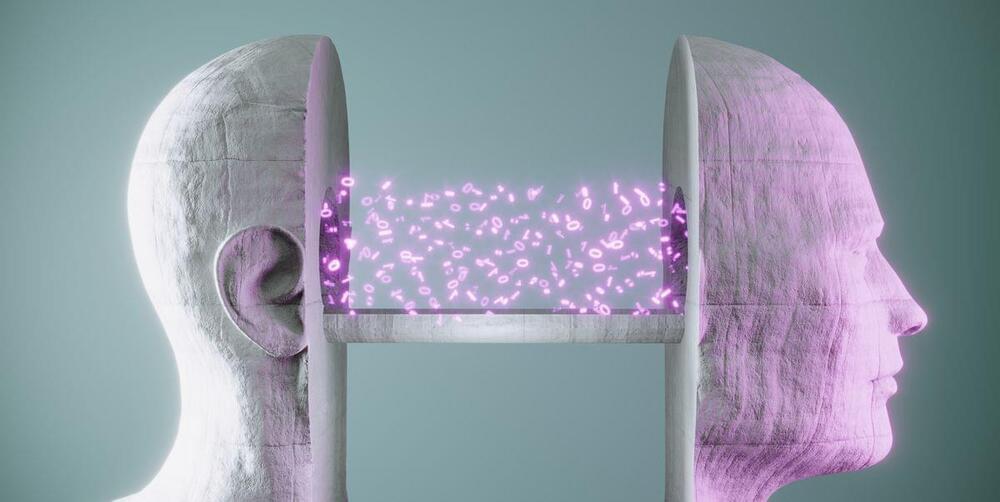Though not a new technology, new advancements have progressed this field significantly.
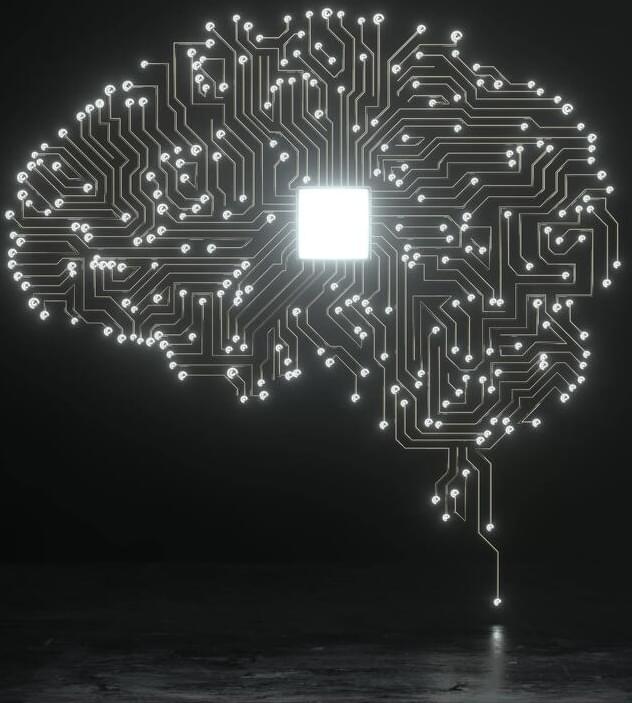

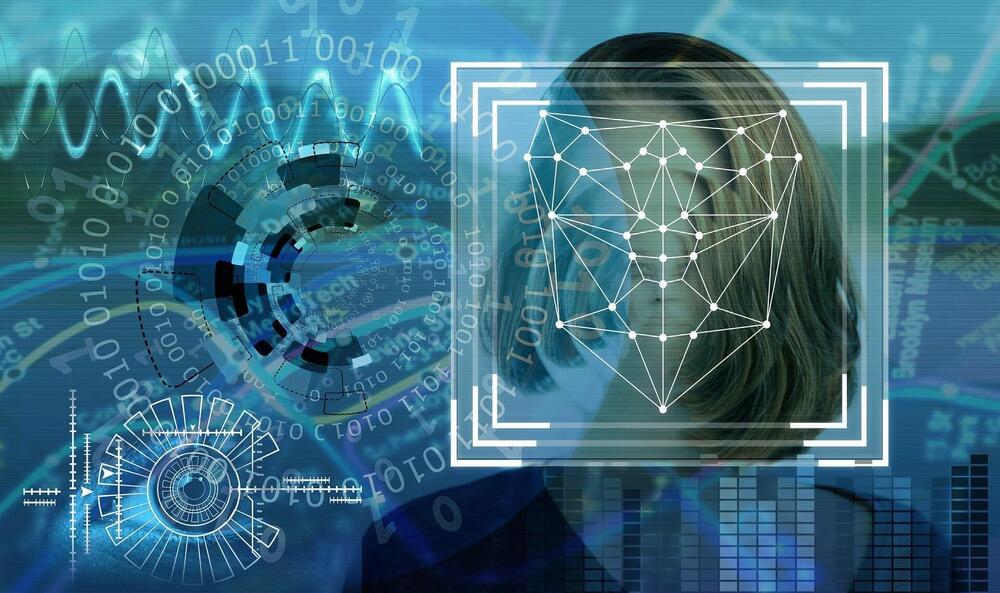
People who struggle with facial recognition can find forming relationships a challenge, leading to mental health issues and social anxiety. A new study provides insights into prosopagnosia or face blindness, a condition that impairs facial recognition and affects approximately 1 in 50 people.
The researchers scanned the brains of more than 70 study participants as they watched footage from the popular TV series “Game of Thrones.” Half of the participants were familiar with the show’s famously complex lead characters and the other half had never seen the series.
When lead characters appeared on screen, MRI scans showed that in neurotypical participants who were familiar with the characters, brain activity increased in regions of the brain associated with non-visual knowledge about the characters, such as who they are and what we know about them.
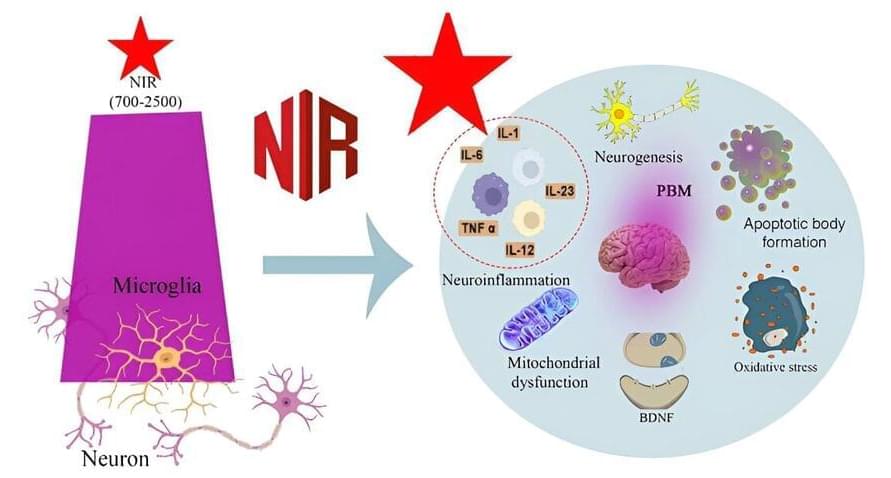
As the world grapples with an aging population, the rise in neurodegenerative diseases such as Alzheimer’s and Parkinson’s is becoming a significant challenge. These conditions place a heavy burden not only on those afflicted but also on their families and society at large. Traditional treatments, including drug therapy and surgery, often come with side effects and high costs, and more critically, they fail to halt the progression of neuronal degeneration or prevent the death of neurons in patients.
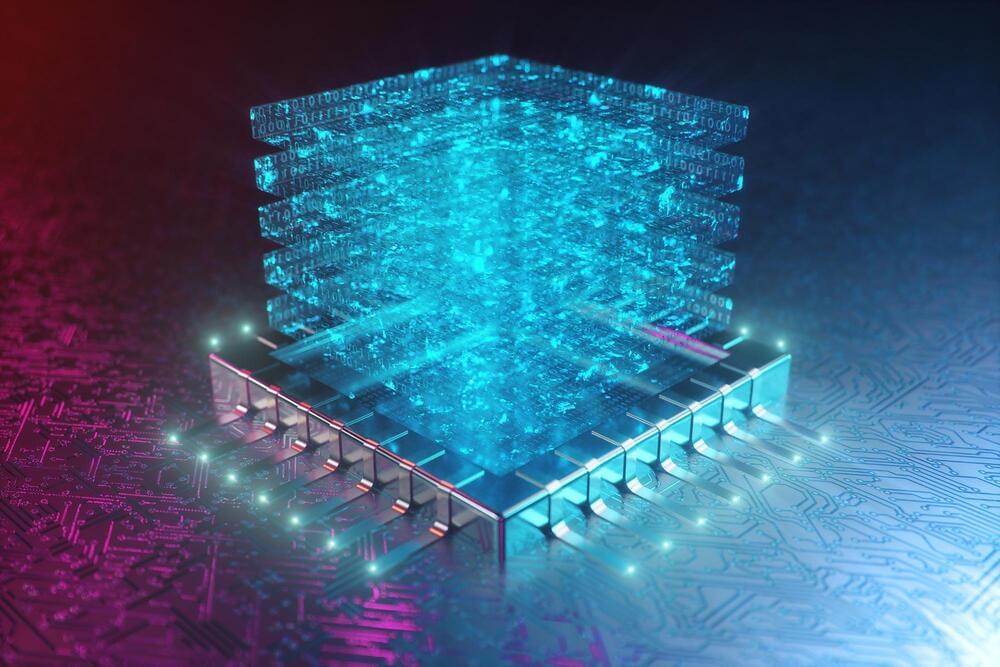
New research has revealed that the lag observed in organic electrochemical transistors (OECTs) when switched on is due to a two-step activation process, providing crucial insights for designing more effective and customizable OECTs for various technological and biological applications.
Researchers who want to bridge the divide between biology and technology spend a lot of time thinking about translating between the two different “languages” of those realms.
“Our digital technology operates through a series of electronic on-off switches that control the flow of current and voltage,” said Rajiv Giridharagopal, a research scientist at the University of Washington. “But our bodies operate on chemistry. In our brains, neurons propagate signals electrochemically, by moving ions — charged atoms or molecules — not electrons.”
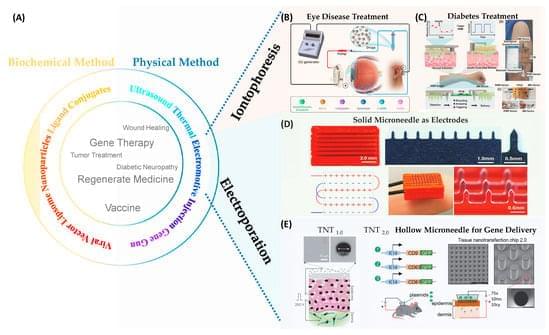
Nanotransfection is very useful and could be used as a way to heal oneself on a smartphone in one touch with cell reprogramming and much more like gene transfer.
Tissue nanotransfection (TNT), a cutting-edge technique of in vivo gene therapy, has gained substantial attention in various applications ranging from in vivo tissue reprogramming in regenerative medicine, and wound healing to cancer treatment. This technique harnesses the advancements in the semiconductor processes, facilitating the integration of conventional transdermal gene delivery methods—nanoelectroporation and microneedle technologies. TNT silicon chips have demonstrated considerable promise in reprogramming fibroblast cells of skin in vivo into vascular or neural cells in preclinical studies to assist in the recovery of injured limbs and damaged brain tissue. More recently, the application of TNT chips has been extended to the area of exosomes, which are vital for intracellular communication to track their functionality during the wound healing process.
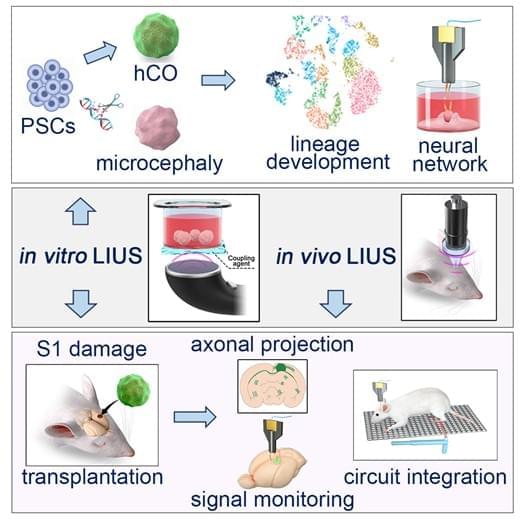
Human brain organoids represent a remarkable platform for modeling neurological disorders and a promising brain repair approach. However, the effects of physical stimulation on their development and integration remain unclear. Here, we report that low-intensity ultrasound significantly increases neural progenitor cell proliferation and neuronal maturation in cortical organoids. Histological assays and single-cell gene expression analyses reveal that low-intensity ultrasound improves the neural development in cortical organoids. Following organoid grafts transplantation into the injured somatosensory cortices of adult mice, longitudinal electrophysiological recordings and histological assays reveal that ultrasound-treated organoid grafts undergo advanced maturation. They also exhibit enhanced pain-related gamma-band activity and more disseminated projections into the host brain than the untreated groups. Finally, low-intensity ultrasound ameliorates neuropathological deficits in a microcephaly brain organoid model. Hence, low-intensity ultrasound stimulation advances the development and integration of brain organoids, providing a strategy for treating neurodevelopmental disorders and repairing cortical damage.
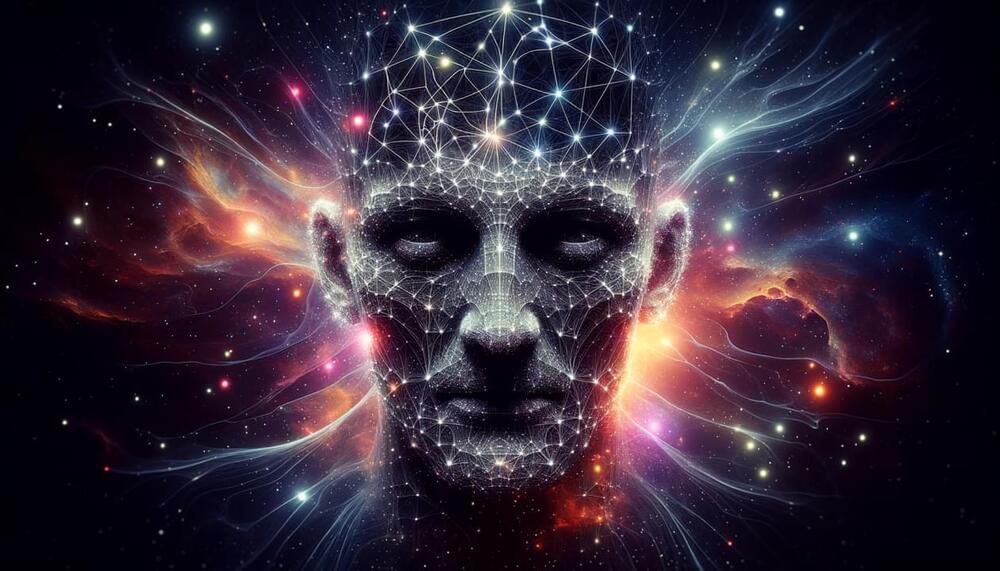
Nick bostroms simulation argument.
Have you ever paused, looked around, and wondered if everything you see, feel, and experience is real? Or could it be that we’re living in a sophisticated simulation, indistinguishable from reality?
This thought isn’t just a plot from a sci-fi movie; it’s a serious philosophical argument proposed by Nick Bostrom, known as the Simulation Argument. If you’ve ever questioned the nature of reality or pondered over the mysteries of existence, this exploration is for you.
Nick Bostrom, a prominent figure in the realm of philosophical and technological inquiry, has significantly contributed to the discourse on existential risks and the future of humanity. With a background that spans physics, computational neuroscience, and philosophy, Bostrom has established himself as a leading thinker in assessing the implications of emerging technologies. His work, which often explores the intersection of life, consciousness, and artificial intelligence, has paved the way for a deeper understanding of the potential futures humanity might face.
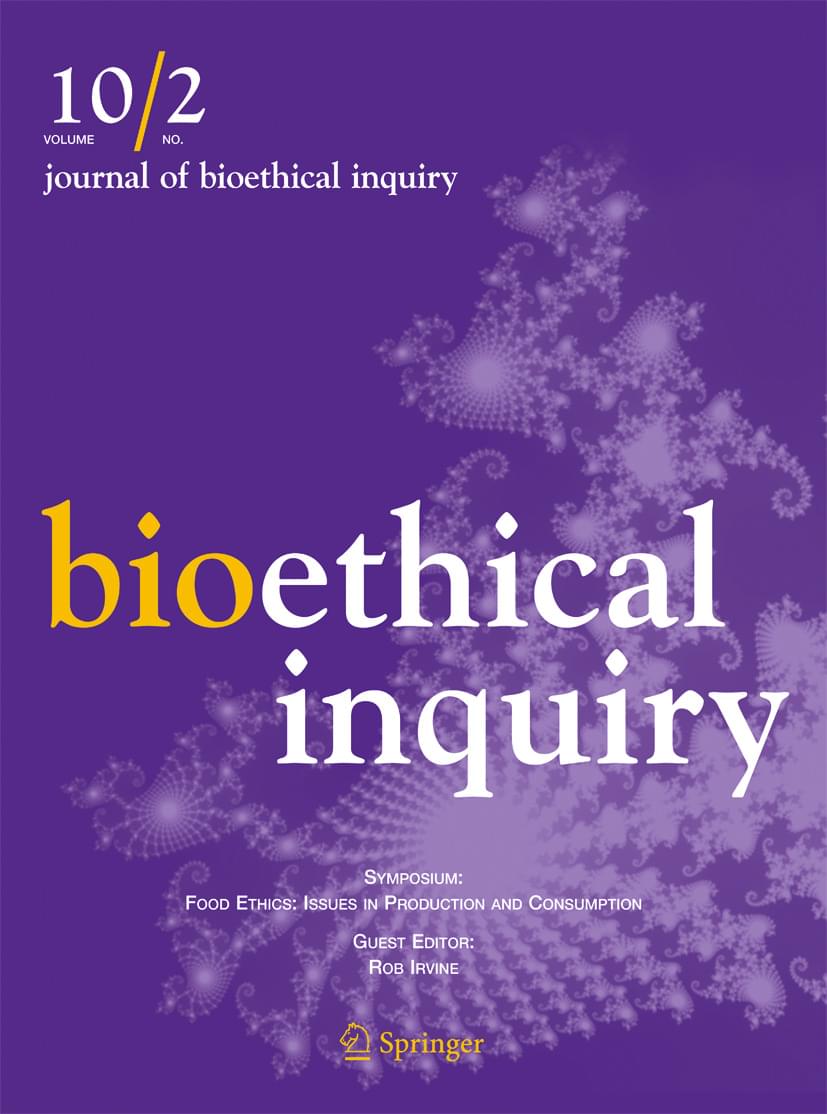
One of the most debated ethical concerns regarding brain organoids is the possibility that they will become conscious (de Jongh et al. 2022). Currently, many researchers believe that human brain organoids will not become conscious in the near future (International Society for Stem Cell Research 2021). However, several consciousness theories suggest that even existing human brain organoids could be conscious (Niikawa et al. 2022). Further, the feasibility depends on the definition of “consciousness.” For the sake of argument, we assume that human brain organoids can be conscious in principle and examine the legal implications of three types of “consciousness” in the order in which they could be easiest to realize. The first is a non–valenced experience—a mere sensory experience without positive or negative evaluations. The second is a valenced experience or sentience— an experience with evaluations such as pain and pleasure. The third is a more developed cognitive capacity. We assume that if any consciousness makes an entity a subject of (more complex) welfare, it may need to be legally (further) protected.
As a primitive form of consciousness, a non–valenced experience will, if possible, be realized earlier by human brain organoids than other forms of consciousness. However, the legal implications remain unclear. Suppose welfare consists solely of a good or bad experience. In that case, human brain organoids with a non–valenced experience have nothing to protect because they cannot have good or bad experiences. However, some argue that non–valenced experiences hold moral significance even without contributing to welfare. In addition, welfare may not be limited to experience as it has recently been adopted in animal ethics (Beauchamp and DeGrazia 2020). Adopting this perspective, even if human brain organoids possess only non–valenced experiences—or lack consciousness altogether—their basic sensory or motor capacities (Kataoka and Sawai 2023) or the possession of living or non-living bodies to utilize these capacities (Shepherd 2023), may warrant protection.

